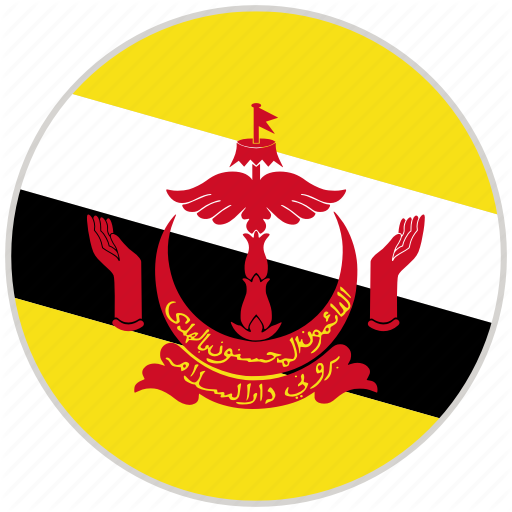NEAT Working Group on
East Asian Cooperation on Enhancing Inclusive, Resilient and Sustainable Connectivity Beyond COVID-19
Final Report
1. Working Group
The objective of this Working Group (WG) is to explore the possibilities of East Asian cooperation on enhancing inclusive, resilient and sustainable connectivity. Noting that connectivity has wide implications, such as physical, institutional and people-to-people, the WG will focus on (1) effectively implementing and extending the “Master Plan on ASEAN Connectivity 2025 (MPAC 2025),” 1 (2) promoting further economic institution building through Regional Comprehensive Economic Partnership (RCEP), Comprehensive and Progressive Agreement for Trans-Pacific Partnership (CPTPP, or TPP11) and other frameworks that support “ASEAN Economic Community Blueprint 2025,” 2 and (3) strengthening people-to-people connectivity through economic activity in the maritime and other domains, such as supporting the recovery of business persons’ cross-border movement, international tourism and economic activity that involves people-to-people contact in the APT region.
2. Background
In East Asia, ASEAN-centered, multi-layered regional frameworks, including APT, the East Asia Summit (EAS) and others, have been the driving force of regional integration and cooperation in various functional areas, such as trade and economy, finance, education, energy, the environment, disaster management, and health. Importantly, ASEAN has led the regional integration and cooperation efforts by establishing the ASEAN Economic Community (AEC), adopting “AEC Blueprint 2025” and “MPAC 2025”, and launching free trade agreement (FTA) processes such as ASEAN+1 FTAs and RCEP. Through these endeavors, East Asia has experienced rapid economic growth and development and formed supply chains within the region and beyond, which has helped deepen regional economic interdependence.
East Asian countries, however, have been severely hit politically and economically by the escalation of US-China trade, technology and security conflict since 2018 and by the COVID-19 pandemic in 2020 which has limited economic activities both regionally and globally. As noted in the “Joint Statement of the Special ASEAN Plus Three Summit on Coronavirus Disease 2019 (COVID-19),” adopted in April 2020, 3 the region needs to strengthen joint efforts toward post-pandemic recovery, stimulate economic development and financial resilience, restore growth, connectivity and tourism, maintain market stability, and prevent potential risks of economic recession.
At the APT Summit held on 4 November 2019, the leaders reaffirmed regional connectivity enhancement by adopting the “ASEAN Plus Three Leaders’ Statement on Connecting the Connectivities Initiative,” 4 which noted the AOIP's principles of openness, transparency, inclusiveness and ASEAN centrality and characterized the AOIP's approach as putting “connecting the connectivities” as a priority area of cooperation. In the trade and investment area, the “Joint Leaders Statement of the 4th RCEP Summit,”5 held in November 2020, said that 15 RCEP participating countries signed the RCEP Agreement. It also noted that “the signing of the RCEP Agreement demonstrates our strong commitment to supporting economic recovery, inclusive development, job creation and strengthening regional supply chains as well as our support for an open, inclusive, rules-based trade and investment arrangement. We acknowledge that the RCEP Agreement is critical for our region’s response to the COVID-19 pandemic and will play an important role in building the region’s resilience through inclusive and sustainable post-pandemic economic recovery process.” However, India was not in a position to sign the agreement, and the 15 countries decided that “the RCEP Agreement is open for accession by India from the date of entry into force.” To implement RCEP smoothly, the private sector role is essential and trade facilitation and supply chain connectivity need to be improved in the region.
Thus, it is time for the APT member countries to consider how it can support APT’s and ASEAN’s efforts at “connecting the connectivities,” through enhanced cooperation on physical, institutional and people-to-people connectivity, eyeing the COVID-19 pandemic and beyond.
For the full text of the report, click here.











.png)



.png)




